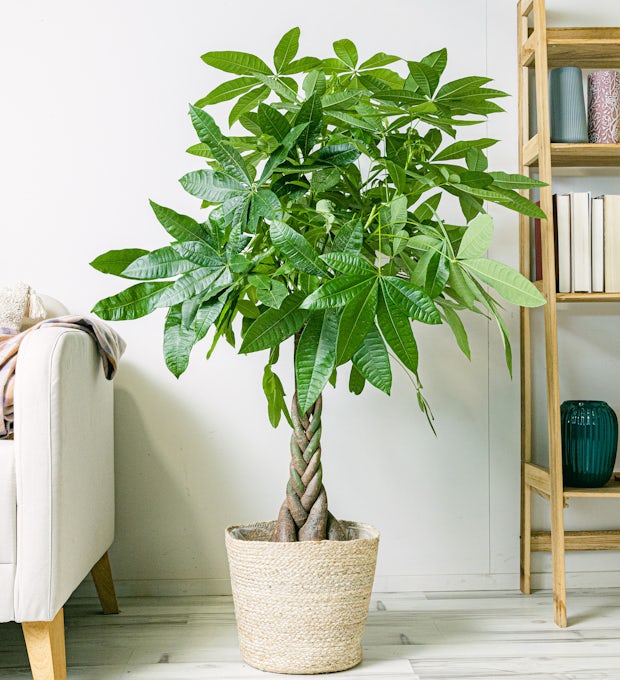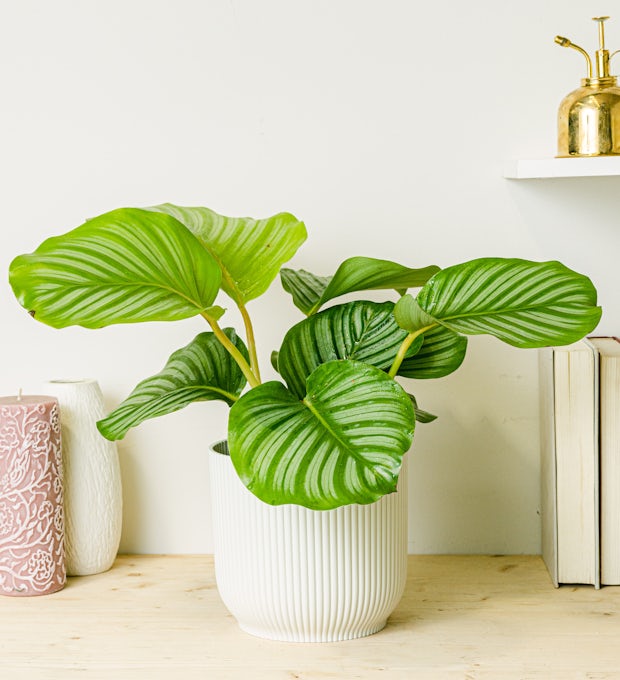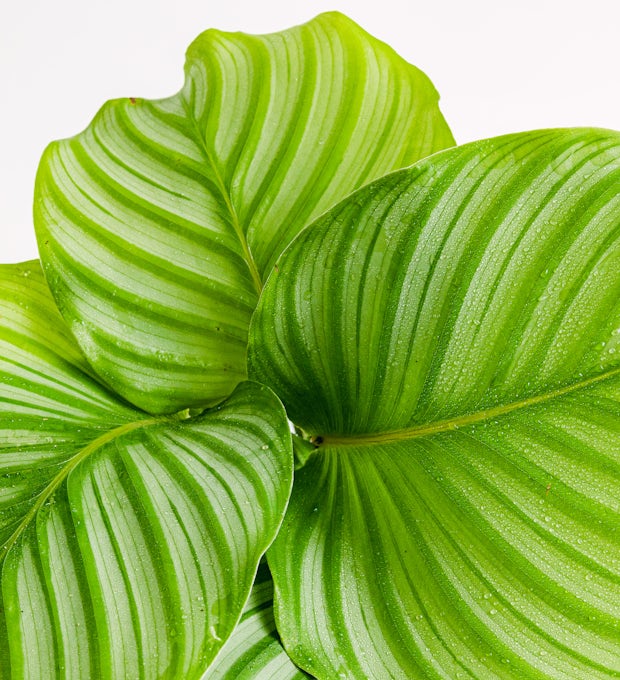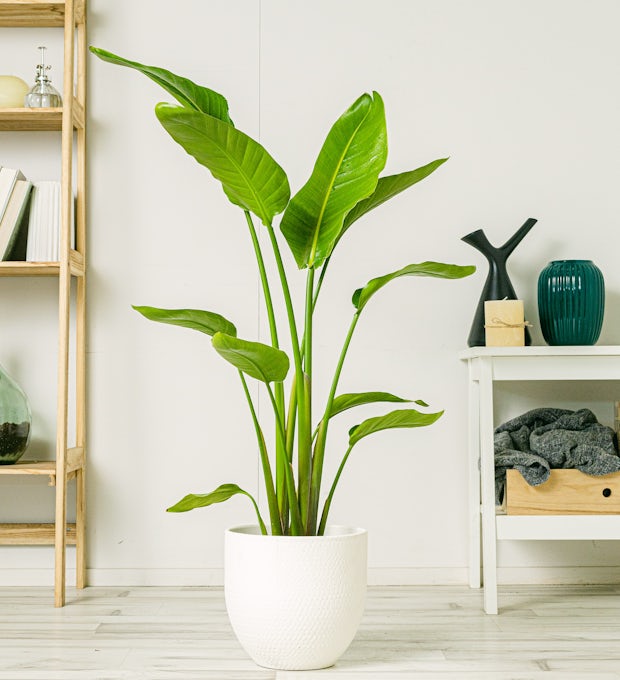Did you know that Philodendron is an incredibly versatile and beautiful plant? If you are a nature lover and love having plants in your home, you can't miss this information! In this article, you will discover the best locations and care for your Philodendron. We will teach you how to give it the ideal place, how to water it correctly, what fertilizers to use and how to protect it from pests and diseases. Get ready to learn all the secrets to keeping your Philodendron healthy and radiant!
The Charm of Philodendron: A Versatile and Beautiful Plant
Philodendron is a plant that has conquered the hearts of many nature lovers. Its charm lies in its versatility and great beauty. With its lush, shiny leaves, Philodendron adds a touch of life and freshness to any space. Whether indoors or outdoors, this plant easily adapts to different environments and décor styles.
Its ability to climb and tangle makes it a perfect choice for adorning walls, fences, or hanging planters. In addition, its leaves can have different shapes and colors, from dark green to lighter and more varied shades. This gives it a unique and eye-catching look that doesn't go unnoticed.
Not only is it beautiful, but it's also easy to care for. Philodendron can survive in moderate light conditions, although it prefers indirect light. It is also important to keep it in a warm, humid environment so that it can thrive properly.
In short, the charm of the Philodendron lies in its ability to beautify any space with its lush, shiny leaves. Its versatility allows it to adapt to different environments and decoration styles, making it an ideal choice for both indoors and outdoors. taking care of it is straightforward, as it can survive in moderate light conditions and prefers a warm, humid environment. Without a doubt, Philodendron is a plant that not only brightens the eye, but also the heart.
Ideal location for your Philodendron: Light, temperature and humidity
Philodendron is a versatile and beautiful plant, but in order for it to develop properly, it is essential to find the ideal location. Light is one of the most important factors to consider. This plant loves indirect light, so we should avoid exposing it directly to the sun, as it could damage its leaves. It is advisable to place it near an east- or west-facing window, where it receives bright but filtered light.
In terms of temperature, Philodendron prefers warm, tropical environments. The ideal temperature is between 18°C and 26°C. Avoid placing it near cold drafts or places with sudden changes in temperature, as this can affect its growth.
Humidity also plays a crucial role in Philodendron care. This plant loves humidity, so it is advisable to spray its leaves regularly with water to keep it hydrated. In addition, we can place it in a place where there is higher ambient humidity, such as the bathroom or near a humidifier.
In summary, to ensure the proper development of your Philodendron, you should look for a location with indirect light, avoid direct exposure to the sun, maintain a temperature between 18°C and 26°C and provide it with the necessary humidity by spraying its leaves regularly or placing it in a humid environment. By following these cares, you will be able to enjoy a healthy and radiant Philodendron in your home.
We ship plants to all locations, you can see more options here.
Essential care to keep your Philodendron healthy
Proper care is critical to keeping your Philodendron healthy and radiant. Make sure you provide the right amount of water to avoid both overwatering and dryness. The soil should be kept moist but not soggy. Look at the leaves of your Philodendron: if they turn yellow or brown, you may be overwatering. On the other hand, if the leaves are droopy and wrinkled, you will likely need more water. Also, you should pay attention to the temperature and humidity. Philodendron thrives in temperatures between 18°C and 24°C, avoiding sudden changes in temperature as they can affect your health. A humid environment is also ideal for this plant, so you can place a humidifier nearby or spray water on its leaves regularly. Also remember to fertilize your Philodendron every two months during the spring and summer to stimulate its growth. Use a balanced liquid fertilizer and follow the manufacturer's instructions. Finally, keep a watchful eye for common pests and diseases that may affect your Philodendron. Aphids, spider mites, and mealybugs are some of the most common invaders. If you spot any pests, treat your plant with a suitable insecticide or use natural methods such as insecticidal soap. By following these essential cares, you will be able to enjoy a healthy and lively Philodendron in your home.
We ship plants to all locations, you can see more options here.
How to Water Your Philodendron Properly: The Perfect Balance
Watering is one of the most important aspects of keeping your Philodendron healthy and radiant. But do you know how to properly water this plant? We'll tell you all about it here. The perfect balance lies in finding the right amount of water that your Philodendron needs. You don't want to overhydrate him or leave him thirsty. Look at the substrate: if it's dry to the touch, it's time to water. However, avoid overwatering, as overwatering can lead to root rot and fungal diseases. When watering, be sure to do so evenly, avoiding waterlogging. The best way to accomplish this is to slowly pour in water until you see water start to come out of the drainage holes in the pot. Once this is done, wait a few minutes and then remove any excess water accumulated in the saucer or dish under the pot. Remember that each Philodendron is unique and may have different watering needs depending on factors such as temperature and humidity in the environment. So keep an eye out for signs your plant is giving you: wilted leaves can be a sign of underwatering, while yellowing or drooping leaves can be a sign of overwatering. In short, finding the perfect balance when watering your Philodendron takes patience and observation, but it will pay off when you see its beauty bloom in your home.
Proper fertilization to stimulate the growth of your Philodendron
Proper feeding is key to ensuring optimal growth for your Philodendron and keeping it healthy and radiant. This plant has a voracious appetite for nutrients, so it is important to provide it with the necessary elements for its development. Make sure you choose a balanced fertilizer with a ratio of nitrogen, phosphorus, and potassium that is appropriate for your Philodendron's needs. Fertilization should be done during the active growing season, usually in spring and summer, when the plant is most receptive to absorbing nutrients. Remember to follow the manufacturer's instructions for correct dosage and avoid over-fertilizing, as this can damage the roots of the Philodendron. Also, consider using an organic fertilizer to avoid excessive use of chemicals and promote more natural growth. Watch closely for signs from your Philodendron: if you notice yellowing leaves or slow growth, it may need more nutrients. In short, proper fertilization is essential to stimulate the lush growth of your Philodendron and ensure its long-lasting beauty. Don't skimp on nutrients and you'll see your plant bloom and fill you with joy!
Pruning and training: Shaping and maintaining the desired size of your Philodendron
Shaping and maintaining the desired size of your Philodendron is an important task to ensure that your plant looks beautiful in any space. Pruning and training are techniques that allow you to control the growth of your Philodendron and adapt it to your aesthetic preferences. When pruning, you cut off any unwanted branches or stems to maintain the desired shape of the plant. You can give it a more compact appearance or let it grow more freely, depending on your tastes. Also, by training your Philodendron, you can guide its stems to grow in the direction you want. This allows you to create interesting shapes or even have it tangled in a decorative stand. Pruning and training are not only useful for aesthetic purposes, but also for maintaining the proper size of your Philodendron. If your plant grows too large for the available space, you can trim it back without fear of damaging it. Remember to use sharp, clean tools to avoid infection and always pay attention to your Philodendron's specific needs. With patience and love, you'll be able to give your plant the ideal shape and size to enjoy its beauty in all its glory.
Protecting Your Philodendron from Common Pests and Diseases
When you have a Philodendron in your home, it's important to protect it from common pests and diseases to ensure its health and beauty. Nothing is more disheartening than watching these tiny creatures invade the leaves of your beloved plant. But don't worry, there are solutions! First, keep a watchful eye for signs of infestation, such as spots on the leaves or small insects scurrying around the leaves. If you spot any pests, you can use natural remedies like neem oil or insecticidal soap to get rid of them without harming your Philodendron or the environment. Also, remember to regularly clean the leaves with a damp cloth to remove dust and possible insect eggs. Another preventative measure is to maintain good air circulation around the plant, as this helps prevent the proliferation of fungal diseases. If you notice brown or black spots on the leaves, your Philodendron may be suffering from a fungal disease. In this case, remove the affected leaves and apply a mild fungicide to stop the spread. Always remember to follow the instructions on the product and consult with an expert if you're unsure. Protecting your Philodendron from common pests and diseases requires constant attention and care, but it will pay off when you see your plant grow strong and healthy in your home.
Discover the wonderful world of the Philodendron and become an expert in its care! Knowing the best locations and care for this plant will allow you to enjoy its beauty and versatility in all its glory. From choosing the right light to the right watering and pest protection, every aspect is crucial to keeping your Philodendron healthy and vibrant. But don't forget that, beyond practical advice, growing a plant is also a personal and emotional experience. Watching it grow, caring for it lovingly and watching it bloom can be an act of connection with nature and a source of joy in our day-to-day lives. So go ahead and enter this exciting green world and discover how your Philodendron can become the protagonist of your home. What other plants would you like to know and care for?







